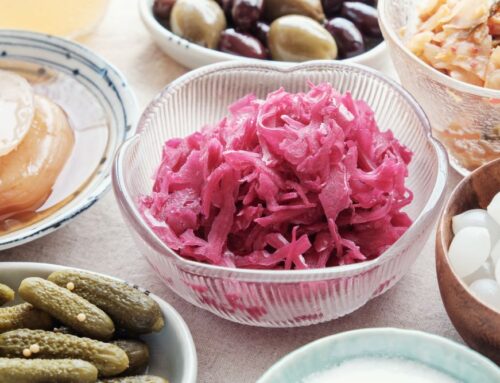Cirrhosis is a serious medical condition that affects the liver and often requires careful management to improve outcomes. One crucial aspect of managing this condition is adopting a low-salt diet.
In this blog post, we’ll explore why a low-salt diet is essential for patients dealing with cirrhosis and ascites, and provide practical tips for incorporating this dietary approach into their lives.
Understanding Cirrhosis and Ascites
Cirrhosis is a chronic liver disease characterised by the gradual replacement of healthy liver tissue with scar tissue. Ascites, a common complication of cirrhosis, occurs when fluid accumulates in the abdominal cavity due to increased pressure in the blood vessels of the liver. This fluid buildup can lead to discomfort, swelling, and further complications.
The Role of Salt in Ascites
Salt, or sodium, plays a significant role in fluid balance within the body. High salt intake can lead to water retention, exacerbating the fluid buildup associated with ascites. Patients with cirrhosis need to be especially cautious about their salt intake because their compromised liver function can hinder the body’s ability to regulate fluid balance.
Benefits of a Low-Salt Diet
- Reduced Fluid Retention: Cutting back on salt intake can help decrease fluid accumulation in the abdominal cavity, alleviating discomfort and reducing the risk of complications.
- Blood Pressure Management: A low-salt diet can help manage blood pressure, an important factor in cirrhosis management. High blood pressure can further strain the liver and worsen fluid retention.
- Improved Liver Function: A low-salt diet can indirectly support liver health by easing the burden on the liver to process excess fluid.
- Decreased Risk of Edema: Edema, or swelling in the legs and ankles, is a common concern for cirrhosis patients. A low-salt diet can help minimize edema by reducing fluid buildup.
Tips for Adopting a Low-Salt Diet
- Read Labels: Pay close attention to food labels and choose products with lower sodium content. Opt for fresh, whole foods whenever possible.
- Cook at Home: Preparing meals at home gives you more control over the ingredients and allows you to minimise added salt.
- Limit Processed Foods: Processed foods often contain high levels of sodium. Reduce your consumption of canned soups, deli meats, and packaged snacks.
- Use Herbs and Spices: Enhance the flavor of your meals with herbs, spices, and citrus juices instead of relying on salt.
- Choose Low-Sodium Alternatives: Look for low-sodium versions of condiments like soy sauce, broth, and salad dressings.
- Be Mindful of Hidden Salt: Some foods, like bread and cheese, may contain hidden sources of salt. Choose low-sodium options when available.
- Consult a Dietitian: For personalised guidance, consult a registered dietitian experienced in managing cirrhosis and ascites.
Adopting a low-salt diet is a crucial component of managing cirrhosis with ascites. By reducing salt intake, patients can improve fluid balance, manage blood pressure, and support overall liver health. Making mindful dietary choices and seeking guidance from healthcare professionals can help patients navigate their condition more effectively and lead to a better quality of life. Remember, every step towards a lower salt intake is a step towards better health and well-being.






